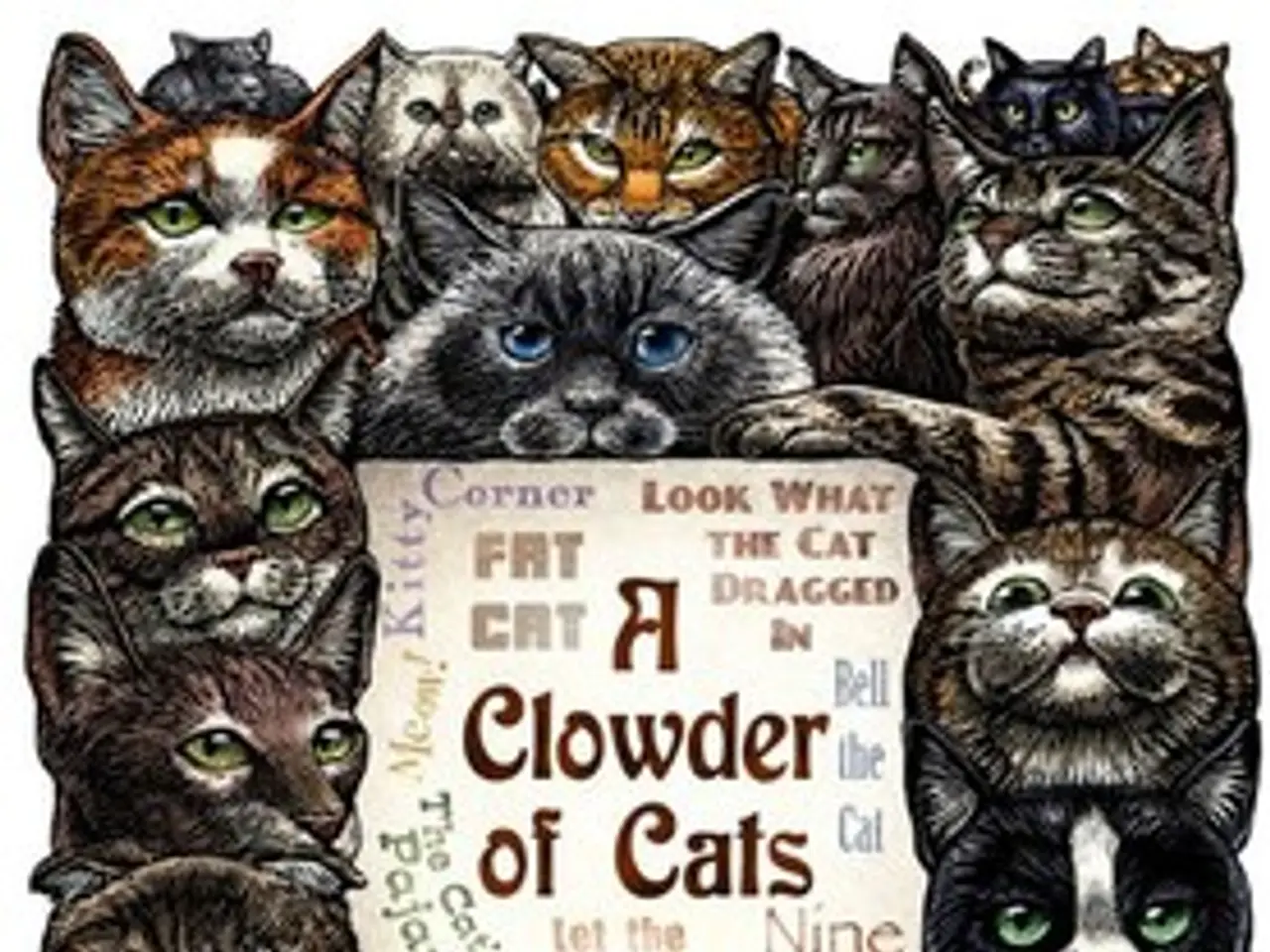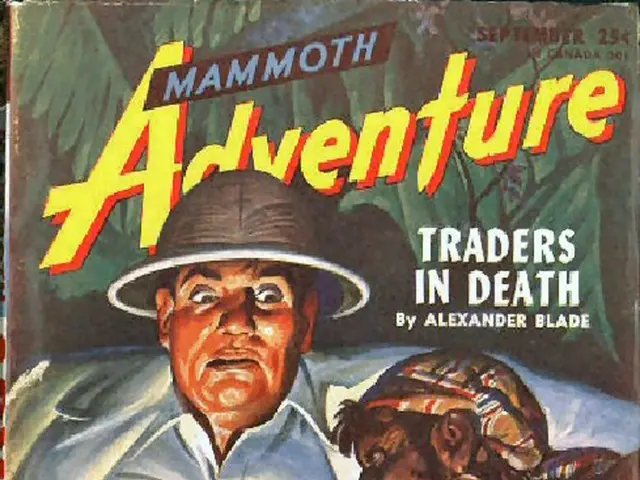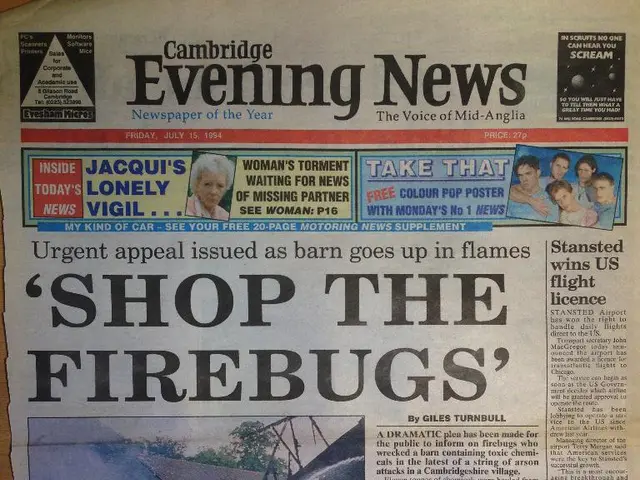Redefining Compassion: Revisiting Animal Care in Future Zoos of Tomorrow
Modern Zoos Evolve as Centres for Conservation and Animal Welfare
In an era where animal rights and welfare take centre stage, zoos are transforming their roles to align with these values. The future of these institutions is increasingly focused on conservation, education, responsible wildlife management, and animal welfare.
The shift is evident in various ways. Accreditation and standards play a crucial part in ensuring that zoos meet rigorous animal welfare, safety, enrichment, and ethical standards. Organisations like the Zoological Association of America (ZAA) accredit over 75 facilities that adhere to these standards, promoting responsible wildlife management with a strong conservation and educational mission.
Zoos are also evolving into centres for learning and public education about biodiversity and conservation. By positioning themselves as such, they aim to inspire public support for wildlife preservation. The global zoo community is engaged in long-term planning and collaborative design to future-proof zoos as institutions that promote animal welfare, conservation science, and community engagement.
Organisations like UFAW promote scientific research and the dissemination of knowledge to improve welfare in captive wild animals. Modern zoos incorporate this research into their care protocols, ensuring the highest standards of animal care, enrichment, and ethical practices.
Zoos are also redesigning habitats to be more naturalistic and stimulating, providing physical and mental enrichment that mirrors animals’ wild behaviours. This addresses concerns about animal rights and improves welfare.
Technological advances, such as virtual reality and augmented reality, are transforming the zoo experience. These immersive educational tools offer an alternative to live animal exhibits, addressing ethical concerns while still providing engaging experiences for visitors.
However, preserving genetic diversity for endangered species is a complex issue. Breeding in captivity raises ethical questions, and zoos face dilemmas in balancing the protection of these species and the restriction of their freedom. Animal rights advocates are pushing for changes in how zoos operate, with legal challenges against the legality of keeping intelligent, social animals in captivity.
Despite these challenges, zoos are making significant strides in species preservation. They use sophisticated genetic mapping to plan pairings and avoid harmful genetic bottlenecks. Every animal saved by modern zoos is a testament to what’s possible when innovation and ethics unite.
Moreover, many animal sanctuaries rescue animals from illegal trade, neglect, or habitat destruction. These sanctuaries often limit human interaction and avoid breeding for exhibition, prioritising lifelong care and natural living conditions.
In the face of social media scrutiny, zoos are held accountable to a global audience. Praise and criticism alike amplify the need for continuous improvement and ethical practices.
Every day, modern zoos are proving their worth as ethical wildlife sanctuaries and conservation hubs. They are balancing animal welfare with education and species preservation, moving away from mere exhibition and entertainment towards active roles in wildlife preservation, rehabilitation, and scientific research. This reflects a broad trend towards responsible stewardship, high welfare standards, and active participation in global conservation efforts.
- Zoos are transforming their roles to promote conservation, education, responsible wildlife management, and animal welfare.
- Organisations like ZAA accredit zoos that adhere to stringent animal welfare, safety, enrichment, and ethical standards.
- Modern zoos are becoming centres for learning and public education about biodiversity and conservation.
- UFAW promotes scientific research to improve welfare in captive wild animals, which zoos incorporate into their care protocols.
- Zoos are redesigning habitats to provide physical and mental enrichment that mirrors animals’ wild behaviours.
- Technological advances in virtual reality and augmented reality are transforming the zoo experience, providing engaging alternatives to live animal exhibits.
- Preserving genetic diversity for endangered species is complex, with zoos faced with ethical dilemmas in balancing protection and restriction of these animals' freedom.
- Many animal sanctuaries rescue animals from illegal trade, neglect, or habitat destruction, providing lifelong care and natural living conditions while limiting human interaction and avoiding breeding for exhibition.




